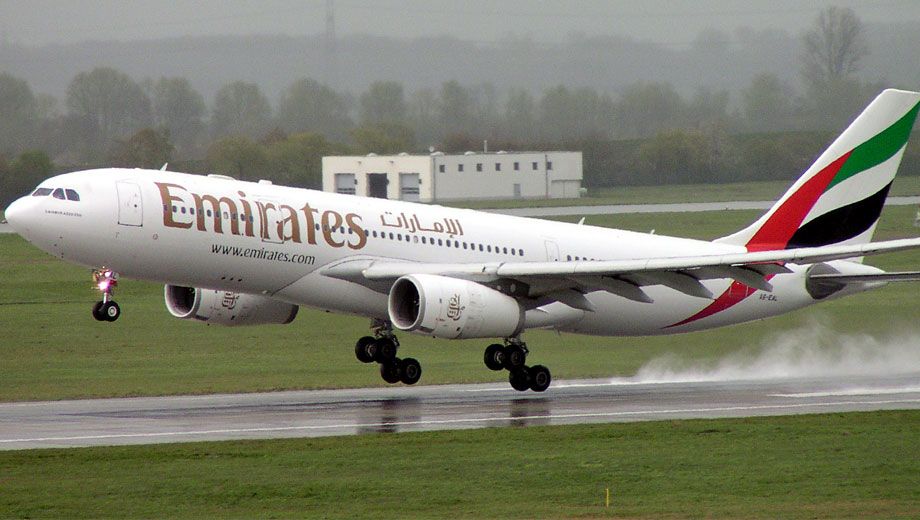The best seats in business class on Emirates' Airbus A330

Emirates only uses Boeing 777 and Airbus A380 planes on its flights to and from Australia, but if you're connecting in Dubai for Middle Eastern, African or European destinations you may well end up on one of the Gulf carrier's Airbus A330 jets.
Here's how to pick the best business class seats on board Emirates' A330.
The plane
Emirates has two versions of the A330: one with three classes (first, business and economy) and one with two -- just business and economy. The latter is identical to Virgin Australia's first two A330s, which fly from Sydney to Perth.
You'll know which plane you're on by the row number options you're given when it comes time to pick your seat.
If you can choose rows 1-4 in business class, you're on a two-class-plane. If your options are rows 6-11, it's a three-class configuration.
The business class cabin
On both versions, the cabin is laid out in a 2-3-2 configuration. Seats A & B are on the left, with D, E & F in the middle. On the right hand side are J and K.
The two class version has four rows, but Row 1 only has two seats, 1E and 1F, in the middle section of the front row.
The three-class version has six rows, with the front row (row 6) in its own separate mini-cabin.
The seats are nearly identical (apart from coverings) to Virgin Australia's Airbus A330s:
They're recliners rather than lie-flat seats or fully flat beds.
The entertainment is the older "TV & Radio" version, rather than the newer "ice" options you'll see from Australia. Our advice: bring a book or something loaded onto your own device.
The best seats on the plane
We've split up our recommendations across each version of the plane that Emirates flies.
Two-class version
1A 1K 1E 1F: these bulkhead seats at the front of the cabin have nobody reclining backwards into your space. Avoid aisle seats next to the window seats, though: your legs are more likely to be bumped into in this high-traffic zone.
2A 2B 2J 2K: these pairs near the middle of the cabin are the quietest, given the activity of lavatories and galley kitchens to the front and rear of the cabin.
Three-class version
Row 6: on the three-class version, row 6 is in its own separate cabin, which is a real draw. Avoid middle seat 6E, though. All three of the middle seats are slightly underneath an overhanging compartment, too, so they may feel a little claustrophobic when reclined.
Row 7: bulkhead seats in the main business class cabin, these have nobody reclining back into your space -- a definite plus.
Row 8: if you can't score a bulkhead, go for these seats towards the front of the second cabin.
The worst seats on the plane
Two-class version
E seats: avoid the middle seat in the centre row: you need to climb out over one of the aisle seat passengers without the compensation of having a window view.
2D 2F: the cabin widens here, so people and trolleys will need to change direction in the aisle -- and you're likely to be bumped into if your feet are stretched out. Your entertainment screen will also be at an odd angle.
4B 4D 4F 4J: these aisle seats at the back of the cabin will get more noise from the galley kitchens, lavatories and economy class behind.
Three-class version
E seats: again, avoid the middle seat in the centre row: you need to climb out over one of the aisle seat passengers without the compensation of having a window view.
Row 11: since this is the last row, you're more likely to be disturbed by babies behind in economy and crew passing through.
Thanks to AusBT reader Rizwan Karim for the photos used in this seat guide.
Other best seats guides:





Hi Guest, join in the discussion on The best seats in business class on Emirates' Airbus A330